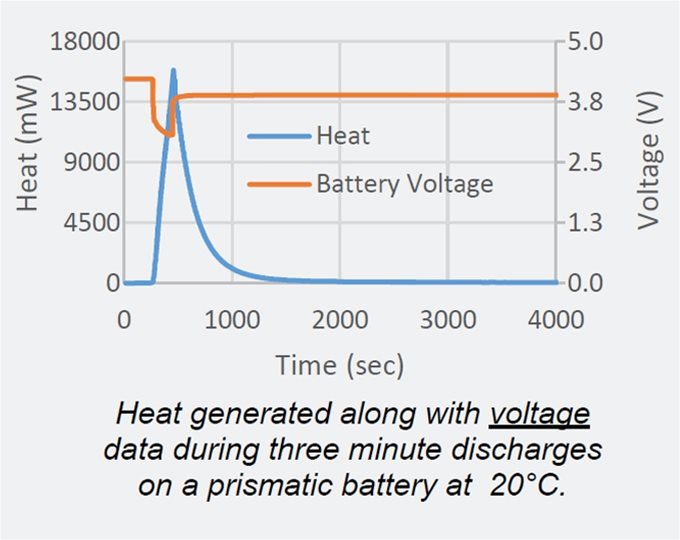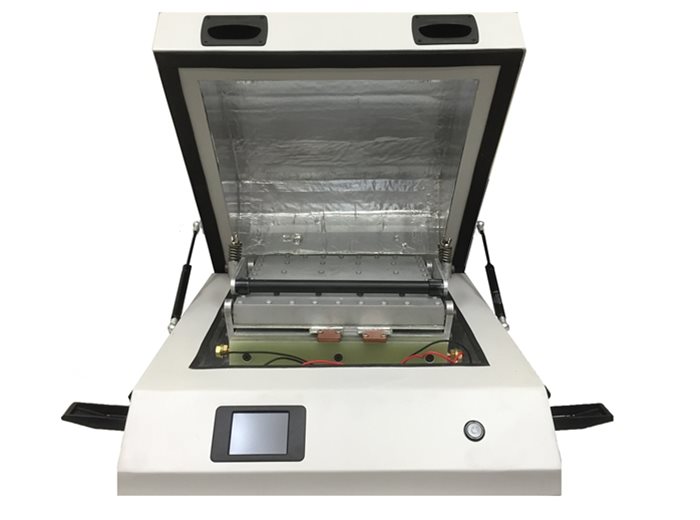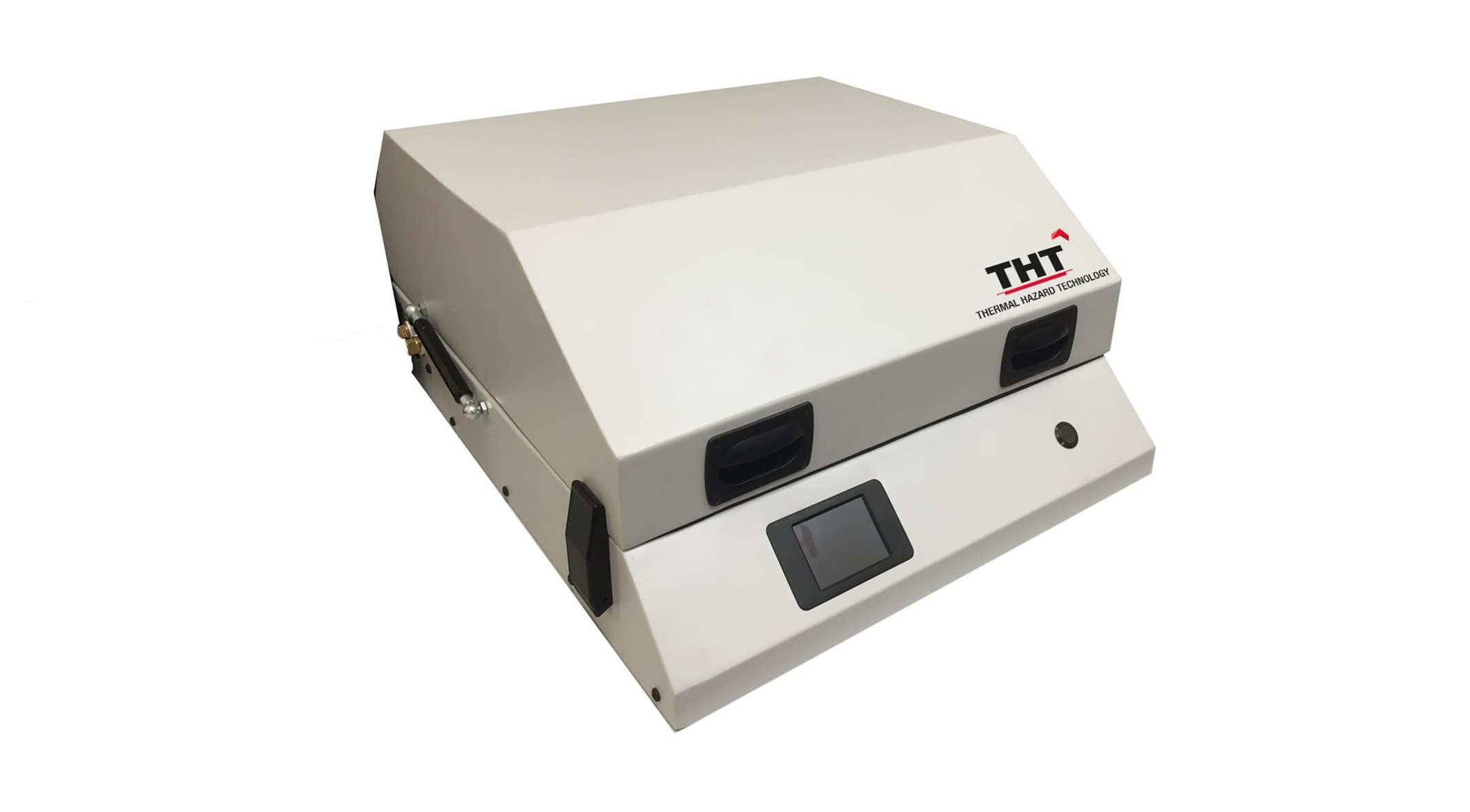충전 / 방전 프로토콜 중에 등온 조건에서 열 방출을 측정합니다. 작은 prismatic cell용으로 설계되었습니다.
IBC-PL은 배터리 충 방전 시 발생하는 열을 정확하고 쉽게 측정합니다.

배터리의 충방전 시 발생하는 발열 현상은 대부분 내부 임피던스로 부터 기인합니다. 다양한 구동 온도에서 이 열의 분석은 팩 또는 모듈의 셀에 대한 효율적인 열적 특성 분석에 매우 중요한 역할을 합니다.
측정 온도 범위가 제한되어 있으며 배터리 분해 또는 고온이 발생할 수 있는 abuse test에 적합하지 않습니다만, 등온 열량계는 단열 열량계보다 감도가 높습니다. .
Cell format: Large Prismatic
- Accomodate battery sizes up to 300 x 300 x 40mm
- Temperature range: -30°C to 60°C
- Dynamic range: 200mW to 100W
- Suitable for heat capacity measurement, cycling and isothermal tests

Features
- Accurate heat measurement down to 200mW over temperature range
- Wide dynamic range up to 100W
- Supplied with refrigerated circulator
- Small footprint
- Windows based control software, USB connection
Specification
|
Max Temperature (°C) |
60 °C |
|
Min Temperature (°C) |
-30 °C |
|
Temperature Stability (°C) |
0.05 °C |
|
Refrigerated recirculator required |
Yes |
|
Calorimeter chamber diameter (mm) |
300 x 300 |
|
Calorimeter chamber depth (mm) |
40 |
|
Number of sample chambers |
1 |
|
Number of reference chambers |
0 |
|
RMS Noise under controlled ambient conditions |
200mW |
|
Max heat detection |
100W |
|
Inegrated Cycler |
No |
|
Min Current |
Defined by cycler |
|
Max Current |
20A |
|
Current resolution |
Defined by cycler |
|
Internal wiring (force) |
N/A |
|
Internal wiring (sense) |
N/A |
|
Heat capacity measurement capability |
Yes |
|
Heat cut out |
No |
|
N2 Purge |
Yes |
|
External cycler terminals |
No |
|
Footprint (Width x Height x Depth) |
46 x 61 x 36 cm (18 x 24 x 14 inch) |
|
Weight |
25 kg (56 lbs) |
*Specification above subject to change

Measure heat release under isothermal conditions during charge/discharge protocols. Designed for small prismatic cells.
The IBC-PL provides accurate and easy testing of heat output from charging and discharging a single battery.
Heat occurring during the charging and discharging of batteries is largely due to their internal impedance. Characterisation of this heat at different operating temperatures is vital for efficient thermal mangement of cells in packs or modules. Isothermal calorimeters have higher sensitivity than adiabatic calorimeters. Their temperature range is limited and they are not appropriate for safety abuse testing when battery disintegration or high temperatures may result.
